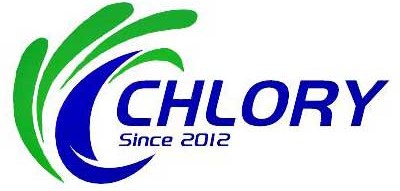In the slaughtering industry, maintaining strict hygiene standards is essential to ensure the quality of meat products, consumer health and the safety of the production environment. Sodium hypochlorite, as an efficient, economical and widely used disinfectant, plays an indispensable role in all aspects of the slaughterhouse. The BSHH series sodium hypochlorite generator produced by Bluewav produces sodium hypochlorite on-site by electrolyzing brine.
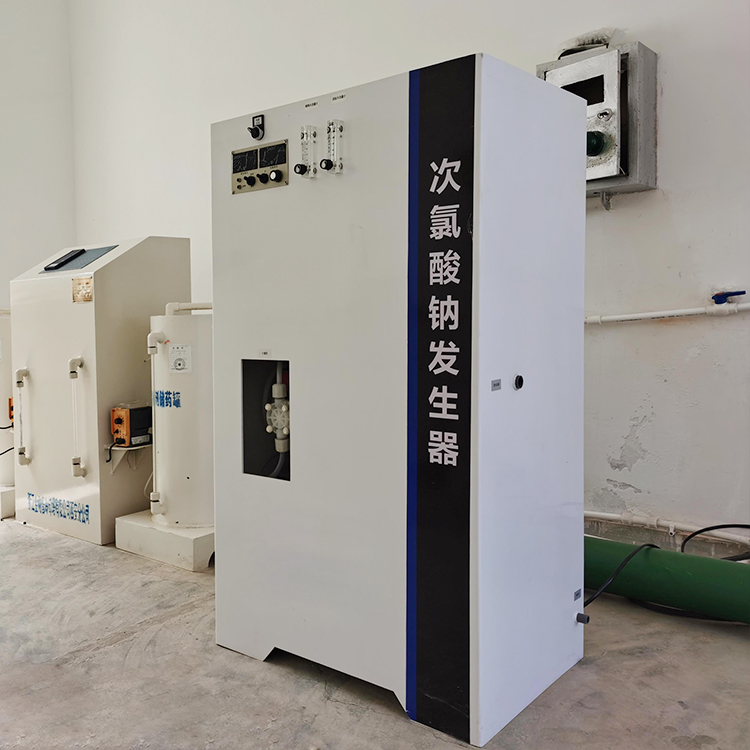
I. Disinfection of pre-slaughter facilities
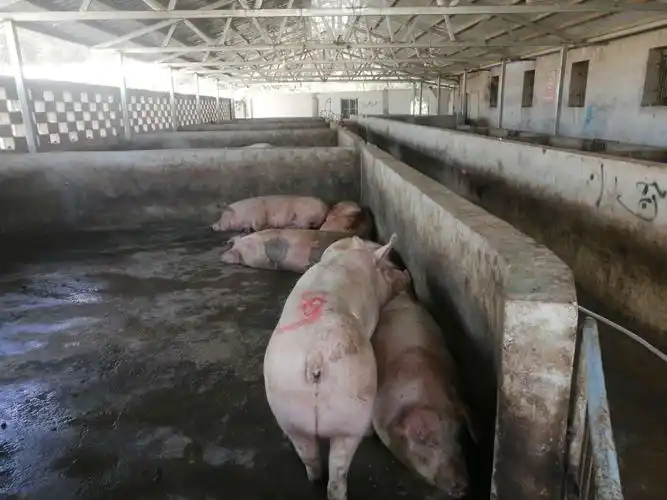
The slaughterhouses and transport vehicles are places where livestock and poultry stay for a short time, which is very easy to accumulate feces, urine and microorganisms. Sodium hypochlorite solution is an ideal choice for pretreatment disinfection due to its strong bactericidal ability. After being prepared in an appropriate ratio (usually diluted 1:100 - 1:200), it can be fully sprayed on the floor, walls and railings of the pens, effectively killing common pathogens such as Escherichia coli and Salmonella, preventing cross-infection of livestock and poultry in the pre-slaughter stage, and reducing the risk of meat contamination. For transport vehicles, use sodium hypochlorite solution to rinse the interior of the carriage before and after each loading and unloading, which can remove various microorganisms carried during transportation, provide a clean transportation environment for livestock and poultry, and ensure meat safety from the source.
II. Disinfection during slaughter
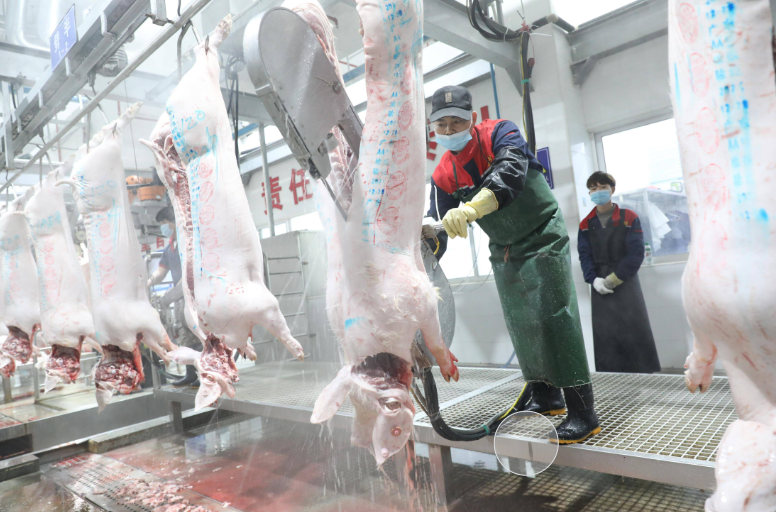
1. **Disinfection of knives and instruments**: Slaughter knives, hooks, cutting equipment, etc. are in direct contact with livestock and poultry meat, and frequent use makes them potential media for bacterial transmission. Soaking these instruments in a sodium hypochlorite solution containing 500-1000mg/L of effective chlorine for 10-15 minutes can quickly kill attached microorganisms, avoid secondary contamination of meat during cutting, hanging, and cutting, and ensure the hygiene and safety of each piece of meat during processing.
2. **Workshop environment disinfection**: The air in the slaughterhouse is humid and rich in organic matter, which is suitable for the growth of microorganisms. By installing spray equipment and regularly spraying sodium hypochlorite atomized liquid into the workshop space, it can not only disinfect the air and settle suspended microorganisms, but also disinfect the ceiling, doors and windows, and equipment surfaces in the workshop, maintain the overall clean environment of the workshop, and create sanitary conditions for slaughtering operations.
III. Post-slaughter treatment and disinfection
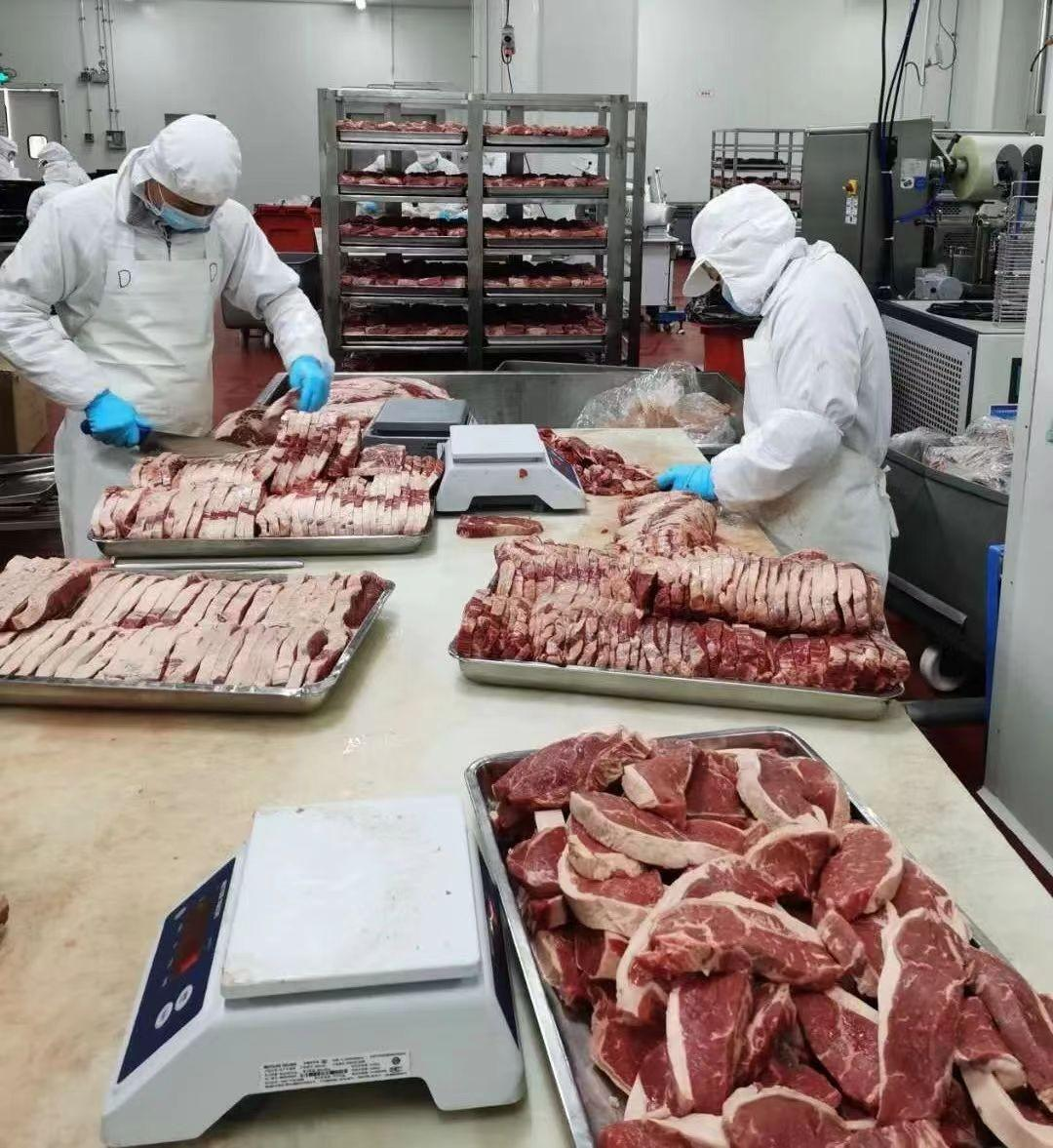
1. **Meat disinfection**: After meat processing, in order to extend the shelf life of meat and ensure freshness, low-concentration sodium hypochlorite solution (generally effective chlorine content 20-50mg/L) can be used to spray or soak the meat. This process can effectively inhibit the growth of bacteria on the surface of meat, reduce the deterioration of meat caused by microorganisms, maintain the color, flavor and nutritional value of meat, and enable consumers to buy safer and fresher meat products.
2. **Wastewater treatment**: The wastewater generated by slaughterhouses contains a large amount of organic matter, blood, feces and microorganisms. If it is discharged directly without treatment, it will cause serious pollution to the environment. Sodium hypochlorite can be used as a key disinfectant for sewage treatment. It is added to the wastewater treatment pool to decompose organic pollutants through oxidation, kill pathogens, and make the treated water quality meet national emission standards. At the same time, its disinfection ability helps to prevent odor and mosquito breeding during wastewater treatment, and improve the quality of the environment around the slaughterhouse.
IV. Precautions for use
Although sodium hypochlorite has a significant effect in slaughterhouses, it should be used with caution. Because it is highly oxidizing and corrosive, during the preparation and use process, staff should wear protective gloves, masks and goggles to avoid skin and eye contact. In addition, sodium hypochlorite solution should be prepared before use and stored in a cool, ventilated place, away from acidic substances, to prevent chemical reactions from producing toxic gases. Use it strictly in accordance with the prescribed concentration to avoid excessive concentrations that have adverse effects on meat quality and the environment. If the concentration is too low, the expected disinfection effect cannot be achieved.
Bluewav has been committed to the production and development of sodium hypochlorite generators for electrolytic brine. Sodium hypochlorite has become a core element of the slaughterhouse hygiene protection system due to its high efficiency in sterilization, low cost and convenient use. From pre-slaughter preparation to post-slaughter processing, sodium hypochlorite protects the safe production of meat and plays an irreplaceable and important role in maintaining a good production order in slaughterhouses, ensuring consumers' "safety on the tip of the tongue" and promoting the sustainable development of the slaughtering industry.
